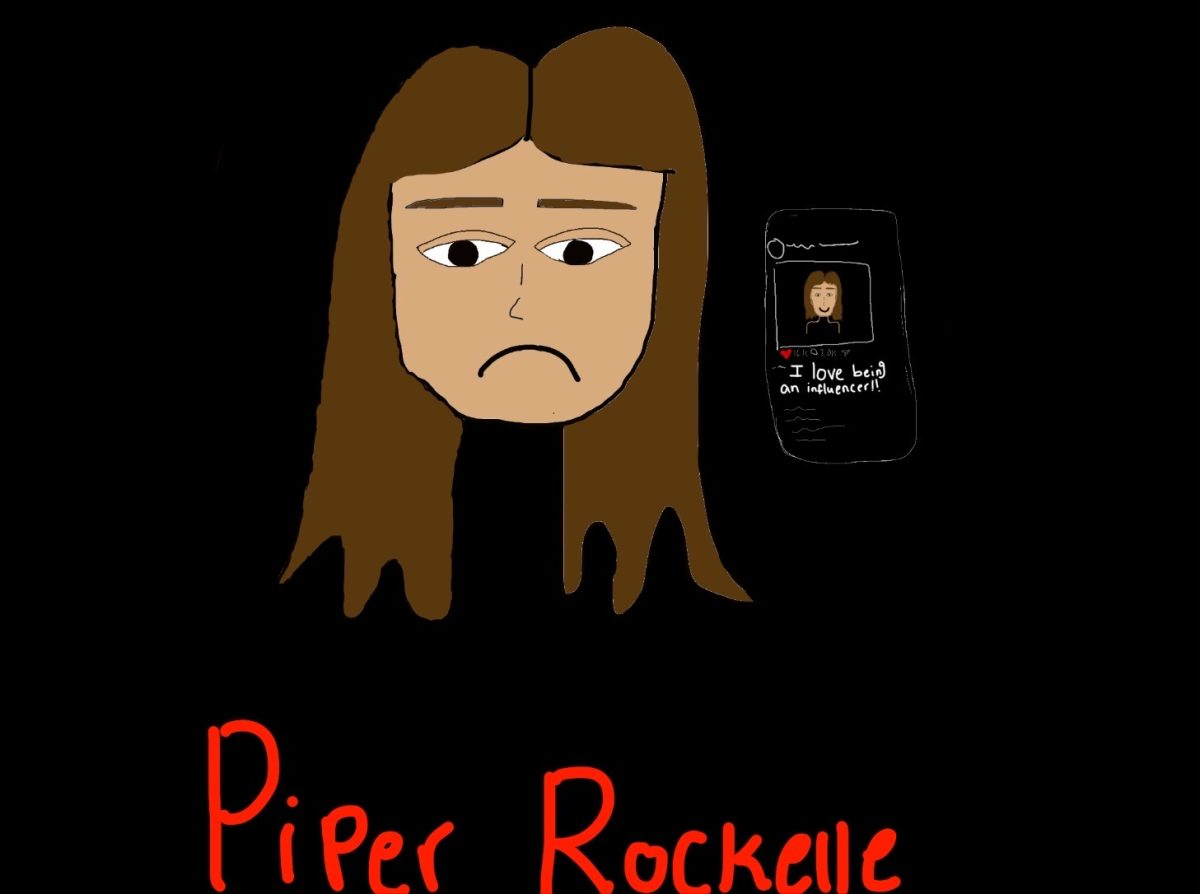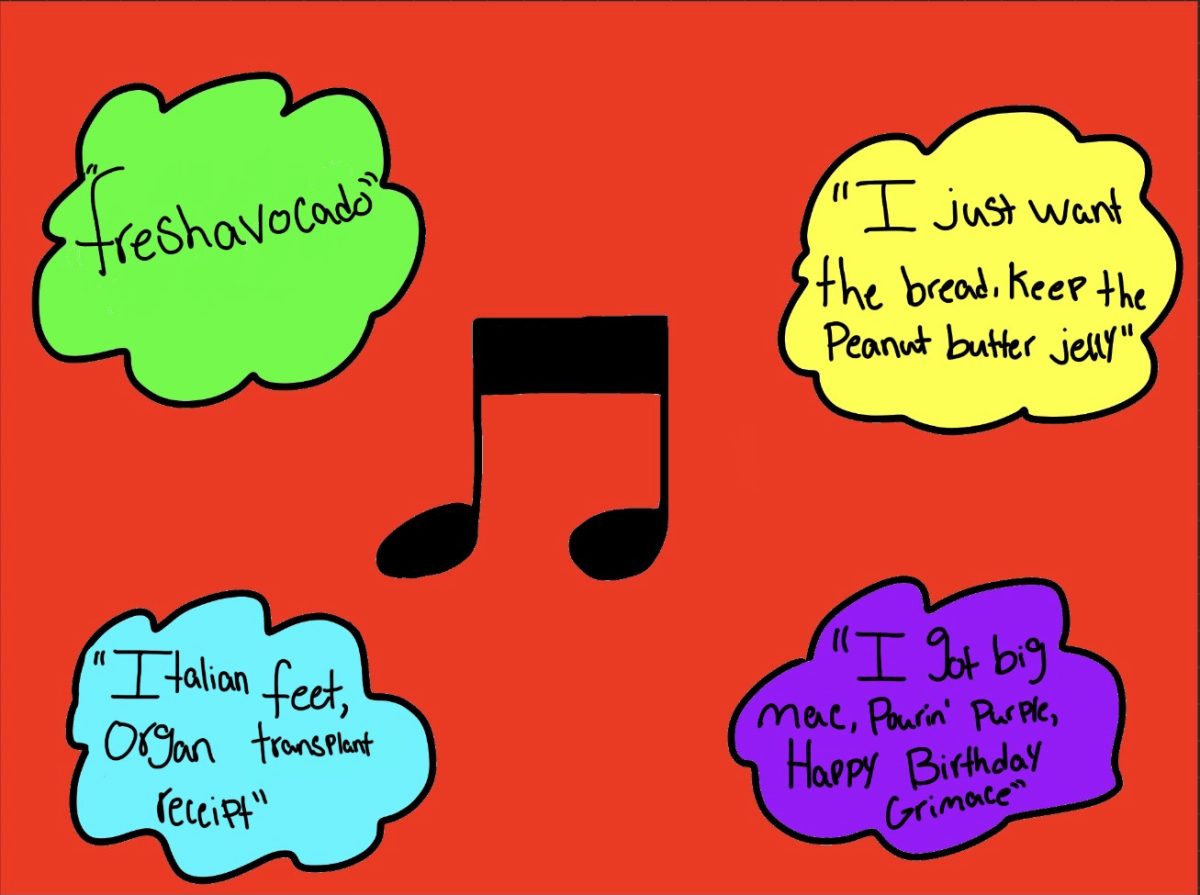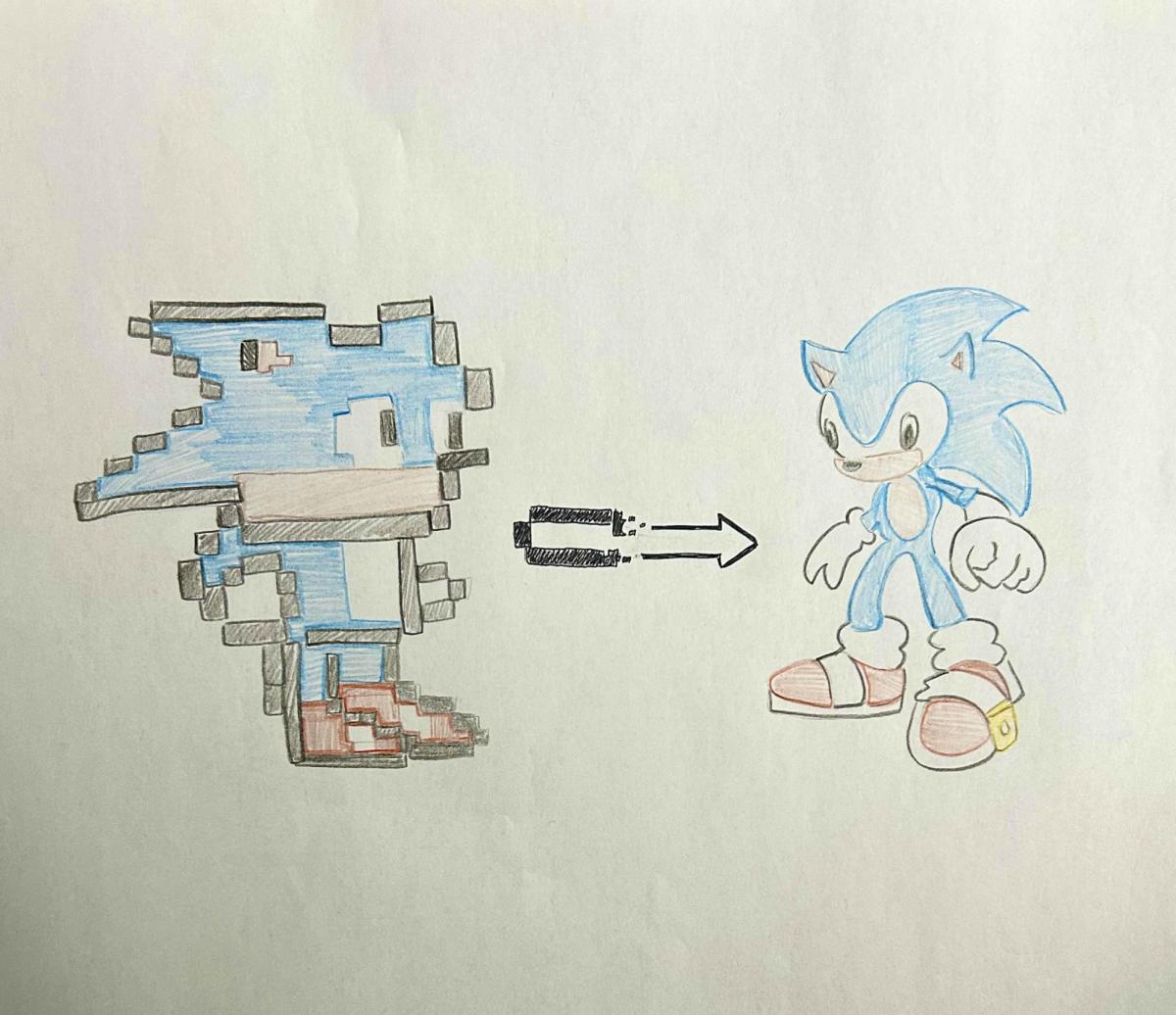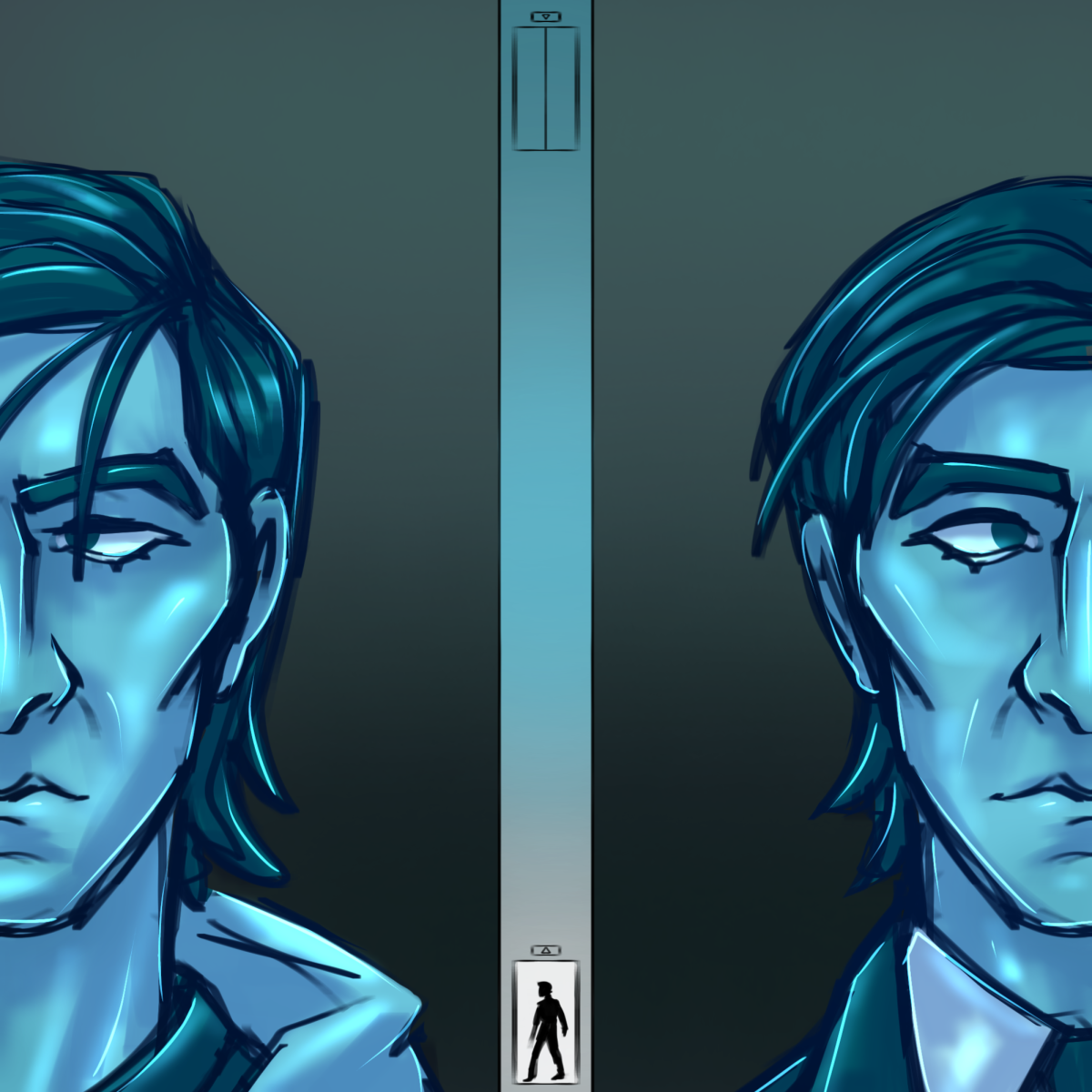It came to every gamer’s surprise when the first Super Mario Bros. 2D side-scrolling game in nearly five years entered the legendary franchise. “Super Mario Bros. Wonder” made its debut on the Nintendo Switch on October 20 of last year.
Unlike previous Super Mario games, “Wonder” allows the user to play twelve different characters – Peach, Daisy, multiple Toads, various Yoshis and Nabbit (!), as well as and expectedly, Mario and Luigi. The storyline follows the titular heroes as Bowser plans to take over the Flower Kingdom, a location that is making its first appearance in the franchise. Once conquered, he plans to fuse himself into the kingdom’s castle in hopes of gaining complete domination.
The designers have aimed to make “Super Mario Wonder” to be the most unique 2D Mario game yet. This is evident in unique aspects such as the new species introduced called the poplins, who are native to the Flower Kingdom and are small, cute and humanoid, similar to the toads. The leader of this species is known as Prince Florian, who quickly becomes distressed when Bowser attempts to overtake his kingdom, at which point he joins the player in hopes of putting him to a halt.
With forty-five newly introduced enemies in total, the evil side also features its fair share of unique abilities and attributes. A personal favorite is the maw-maw, a seemingly innocent salamander-like creature who has a taste for just about anything. They are known to swallow other enemies whole and will damage the player when they come into contact with the bloodthirsty amphibian.
Another new addition to this game is the variety of collectible items throughout stages. Rather than star coins, there are now 1-3 wonder seeds per level, three 10-flower coins and purple coins that allow the player to purchase items at the Poplin shops. These items can include boost badges, one-ups and up to 144 different surprise standees. “Super Mario Bros. Wonder” also introduces 24 different badges that provide special abilities such as the floating high jump, the parachute cap that allows the player to float for a while and even the dolphin kick, which offers the ability to move faster underwater.
Three new power-ups are introduced to the franchise as well — those being the elephant fruit, the drill mushroom and the bubble flower. The elephant fruit especially is such a remarkable item in this game, which not only makes the character yell out “Wowie zowie!” but also allows players to defeat enemies using their trunks! Its design is both bright and vibrant, as are most aspects of this incredibly engaging game.
“While ‘Super Mario [Bros.] Wonder’ is in 2D like many older Mario games, the art style is fantastic,” local gamer Addison Chiodo (10) said. “With many new characters, a couple [of] new powers and a flower that puts you in a whole new world, ‘Wonder’ is a great upgrade since the previous 2D Mario game [New Super Mario Bros. U].”
Despite being 2D, the player can sometimes wander around freely when traveling through different worlds, similar to 2013’s beloved “Super Mario 3D World” for the Wii U. This game may have had a bit of inspiration from “Super Mario Odyssey” (2017) as well, since after collecting a wonder seed depending on the stage, the player can actually turn into one of the enemies, an aspect that’s beyond intriguing for this game especially.
Speaking of intriguing, since this is a Super Mario side-scrolling game, it’s quite odd that, unlike the others mentioned, the stages have absolutely no timers. Most Mario fans remember rushing to complete a level back in the days of playing Super Mario Bros. games on the Nintendo Wii, but now, all of that stress is immediately out of the question since the player can take as long as needed to finish a stage.
Stages in Wonder will also provide a 1-5 star rating before hopping into the level, providing what is essentially a difficulty scale. The first few worlds will mostly consist of 1-3 stars of difficulty, but once a player gets further into the game, they should prepare to brace themselves for those nearly impossible five-star stages.
However, something that is seen in every stage of “Super Mario Bros. Wonder”, regardless of the difficulty, is the talking flowers. While being an adorable addition to the game, these wondrous flowers speak to the player when approached, typically handing out tidbits of information or just making reactions to their surroundings. In a sense, the talking flowers act as the player’s conscience.
Nintendo interviewed one of Super Mario Wonder’s game designers, Takashi Tezuka, and brought this topic up to him, essentially curious about the inspiration for it.
“We thought the gameplay might be more enjoyable if the Talking Flowers speak to you and you can resonate with what they’re saying,” game producer Takashi Tezuka said. “Of course, there’s an option to turn off the chatter, but we hope as many people as possible will give it a listen.”
And just like that, “Wonder” has become an immediate hit amongst gamers worldwide. With so many never-before-seen aspects and characters, any player is able to experience a new storyline, unlike the rote and repetitive ones in games such as “Super Mario Bros. DS” or its corollaries on the Wii and Wii U. It’s noticeably a lot easier to complete as well, taking just less than a week for aforementioned gamer Chiodo to fully complete.
And whether you enjoy taking your time, or rushing through stages, “Super Mario Bros. Wonder” is guaranteed to put a smile on your face throughout your gameplay.










